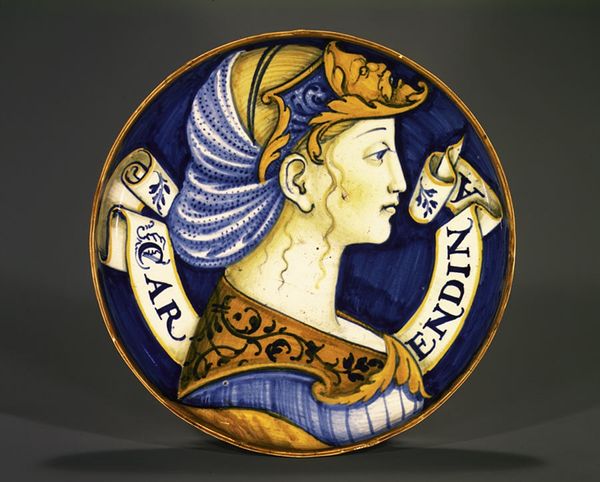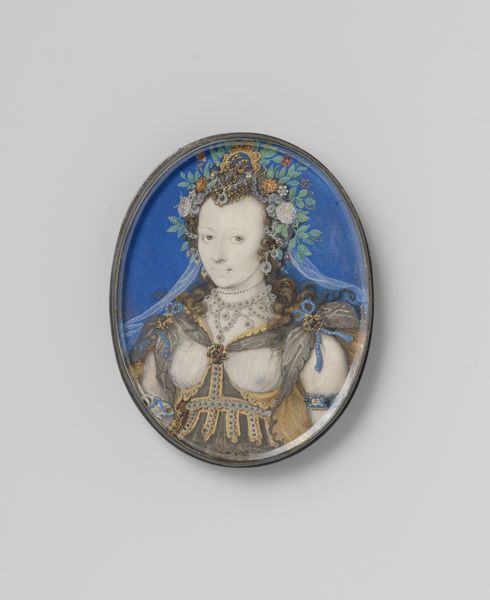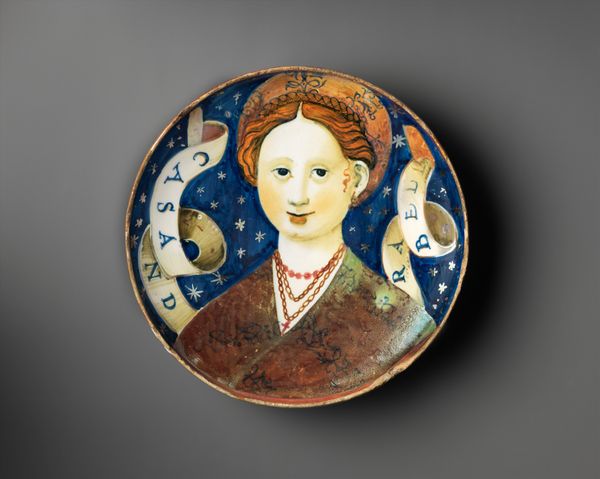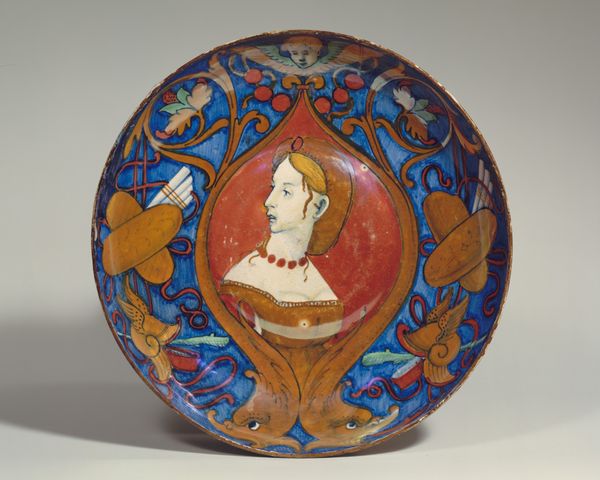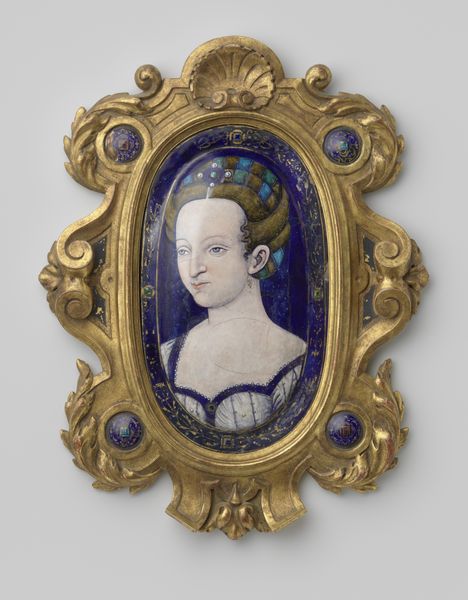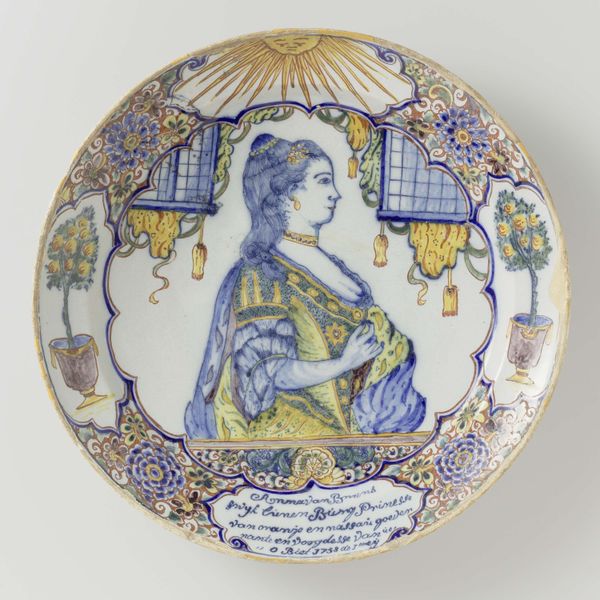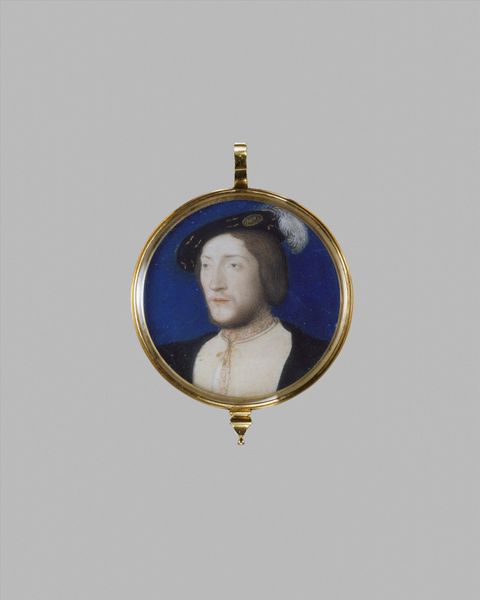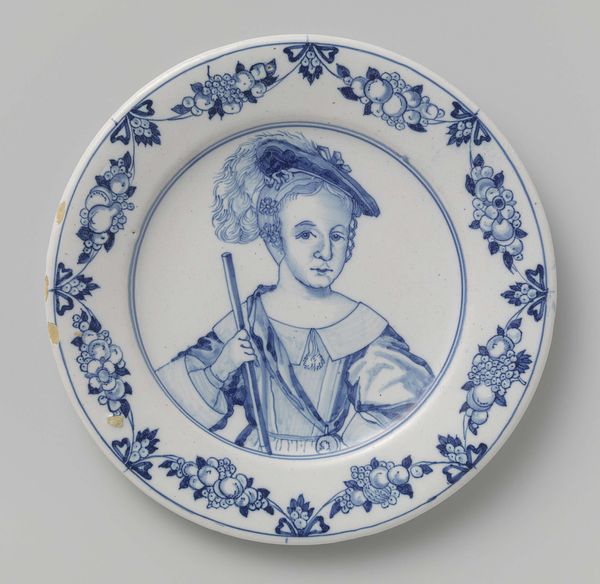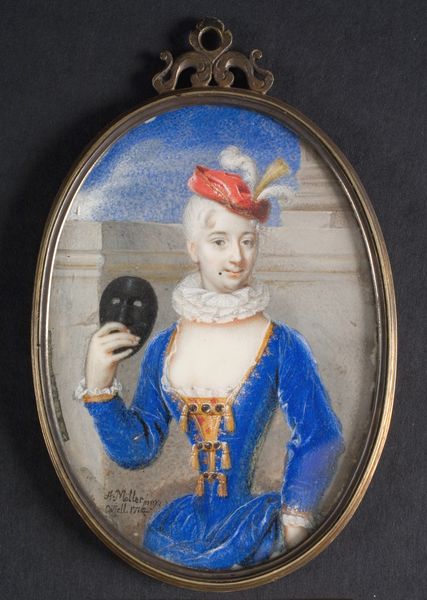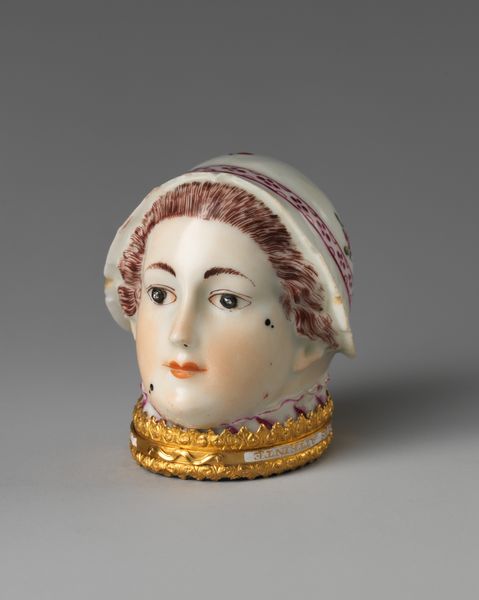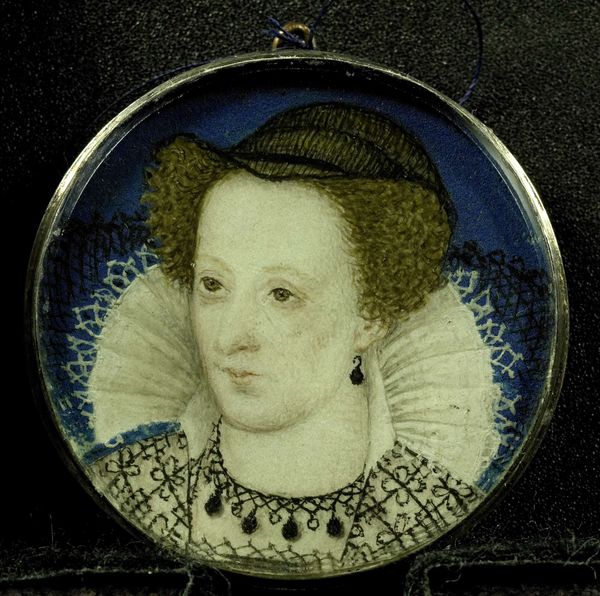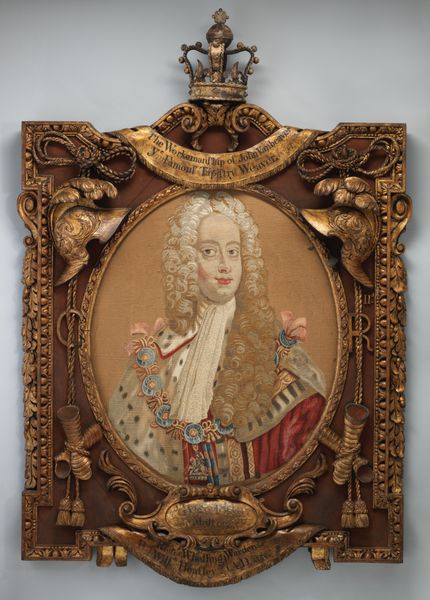
ceramic
#
portrait
#
ceramic
#
figuration
#
genre-painting
#
italian-renaissance
Dimensions: Diameter: 8 7/16 in. (21.5 cm)
Copyright: Public Domain
This is a maiolica, or tin-glazed earthenware, dish, likely made in Italy during the Renaissance. The portrait is of a woman named Livia Bella. We know this from the scroll surrounding her. These dishes, also called "belle donne," were popular in the 15th and 16th centuries. They tell us about the prevailing social norms. They were often commissioned as gifts for weddings or betrothals, suggesting the importance of women, family, and lineage. In contrast with paintings, ceramics were less likely to be commissioned by the church or state, and more likely to appear in the domestic context. They offer a fascinating glimpse into the visual culture of the Italian Renaissance home. The visual codes are interesting here: the woman's elaborate headdress and idealized features reflect the period's aesthetic preferences and status symbols. Understanding this artwork involves delving into archival records of Italian Renaissance families, studying costume history, and analyzing the production and trade of maiolica ceramics. It requires seeing art as embedded in a complex social and institutional context.
Comments
No comments
Be the first to comment and join the conversation on the ultimate creative platform.
